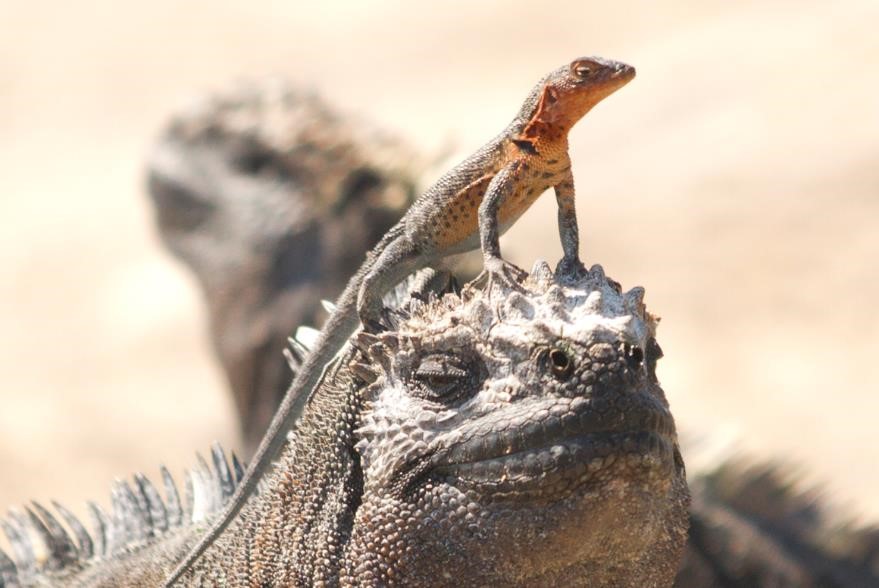
What’s in my Camera Bag? Galapagos Islands
Ask anyone that’s been to the Galapagos and they’ll attest, the Galapagos Islands is a photographer’s paradise. Not only are there incredibly fascinating animals, found nowhere else in the world, but the birds, reptiles, and mammals there tend to have no fear of humans and will quite literally pose for you as you take photos from mere yards away. Read on to ensure you have the right gear on this photographic adventure of a lifetime!
Please note, photographic styles vary, as do conditions on the ground. While this is meant to be a guide for choosing your camera gear, you should consider your own photographic interests first and foremost.
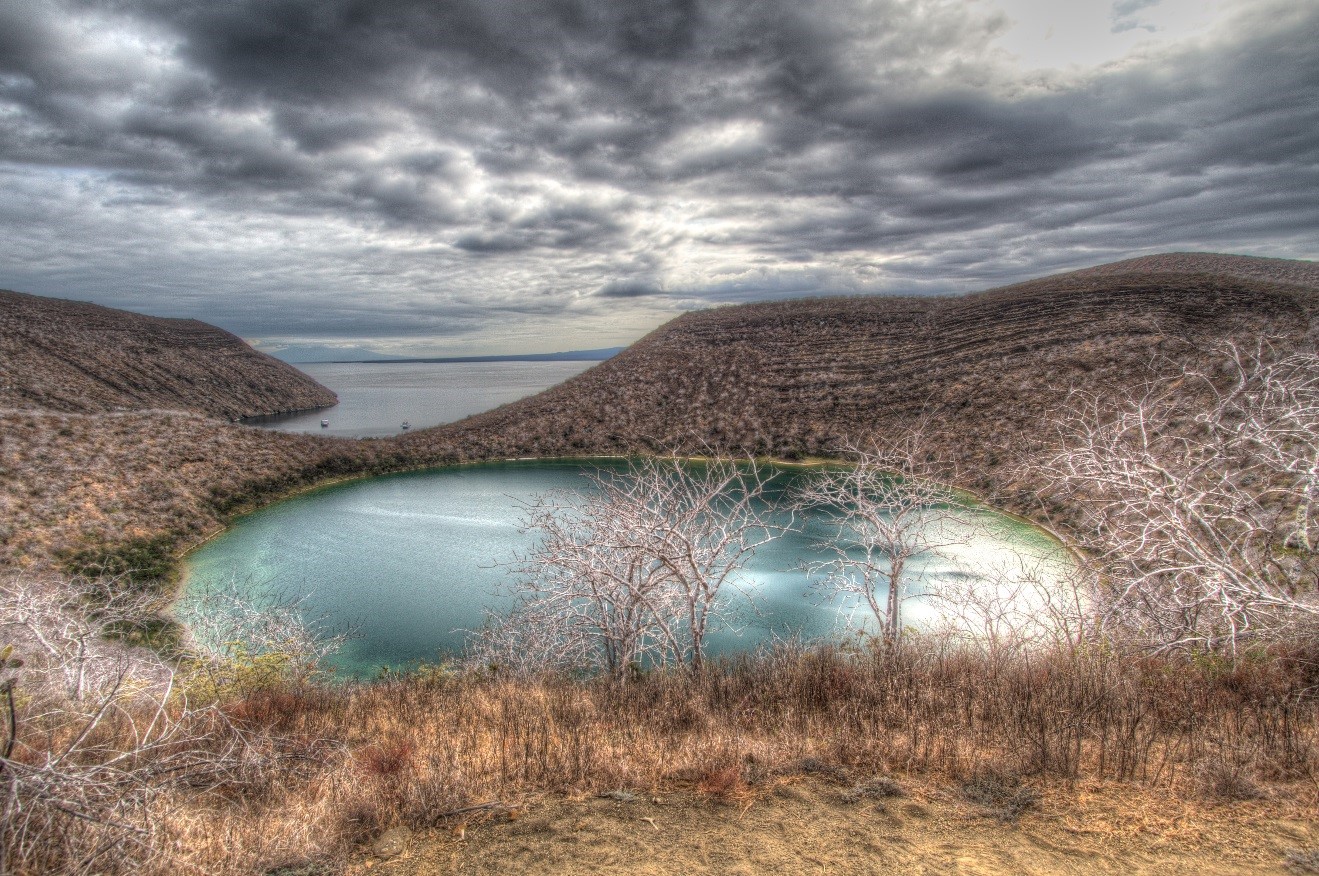
Ultra Wide Angle
This may be more of an “extra” or X-factor lens, as I call it, because it’s not crucial, but may be really fun. Since scenery in the Galapagos is pretty expansive, with big, wide, vistas, you can probably get away with just a normal wide angle lens. Nevertheless, earmark this one and come back to it if you have the space to bring it. We’re talking about lenses like 10-18mm and 10-22mm for crop-frame sensors, and 14-24mm and 16-35mm lenses for full-frame cameras.
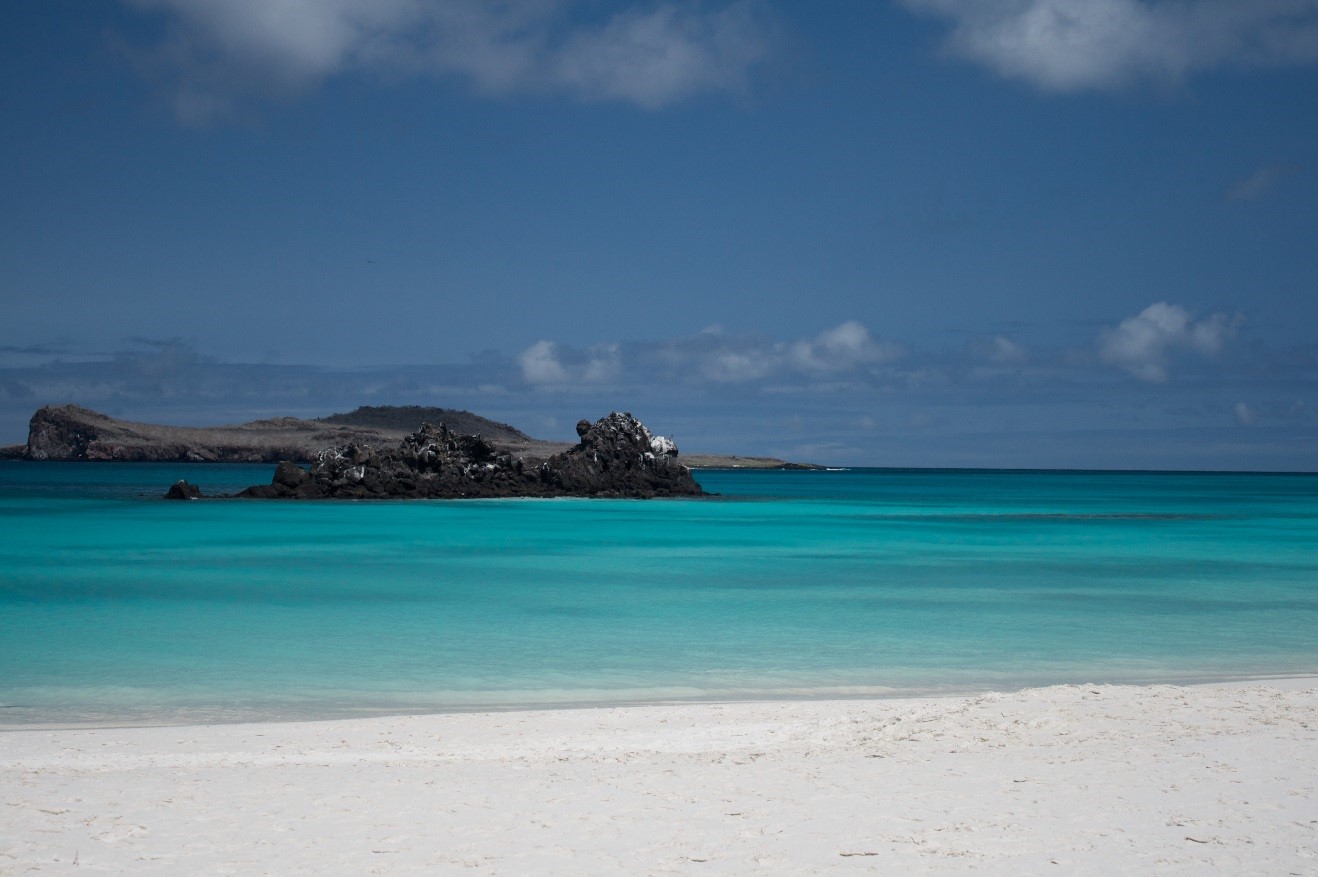
Wide Angle Zoom
As with pretty much any photographic adventure, your “walking around lens” is one of the most important things you can bring with you. And because you’re able to get so close to so many animals, something in the 18-55mm, 24-105mm or 24-70mm is a key addition to your camera bag. If I had to guess, this will be on your camera for about 50% of your shots.
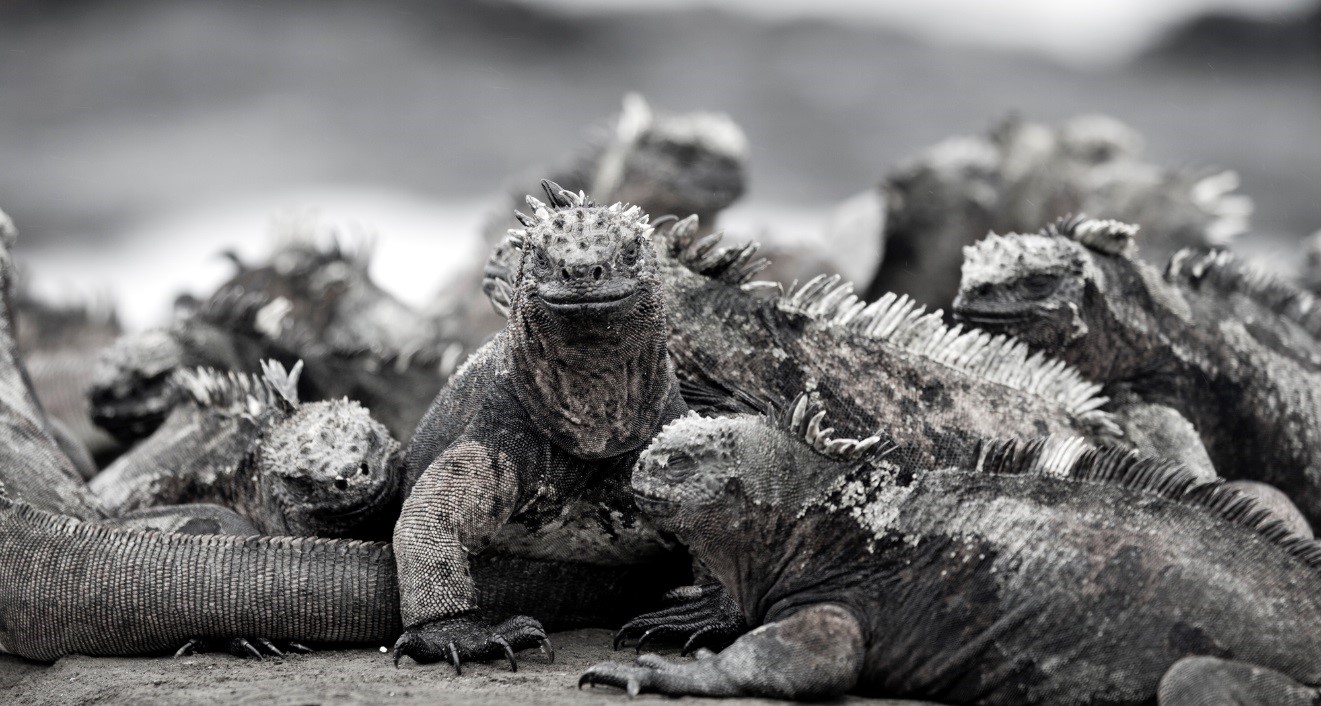
Zoom Telephoto
You’ll definitely need something with a bit of telephoto, but fortunately you don’t have to bring out the big guns for this trip. While other wildlife safaris might necessitate 400mm capabilities, it’s not crucial for this trip. Instead, I would focus more on quality medium telephoto ranges in the 200mm and 300mm range. Now, there are always times you want more zoom, so if you have a favorite telephoto like Canon’s new 100-400mm, or Nikon’s 80-400mm, which are so impressively versatile, go for it. However, if you are considering a 70-200mm f/2.8, that might be your better choice. The f/2.8 capabilities (and sharpness) are really fun for a trip like this, as it helps isolate your wildlife subject so well. However, a trusty 70-300mm is a great option, too. This category of lens will be on your camera for about 30% to 40% of your shots.
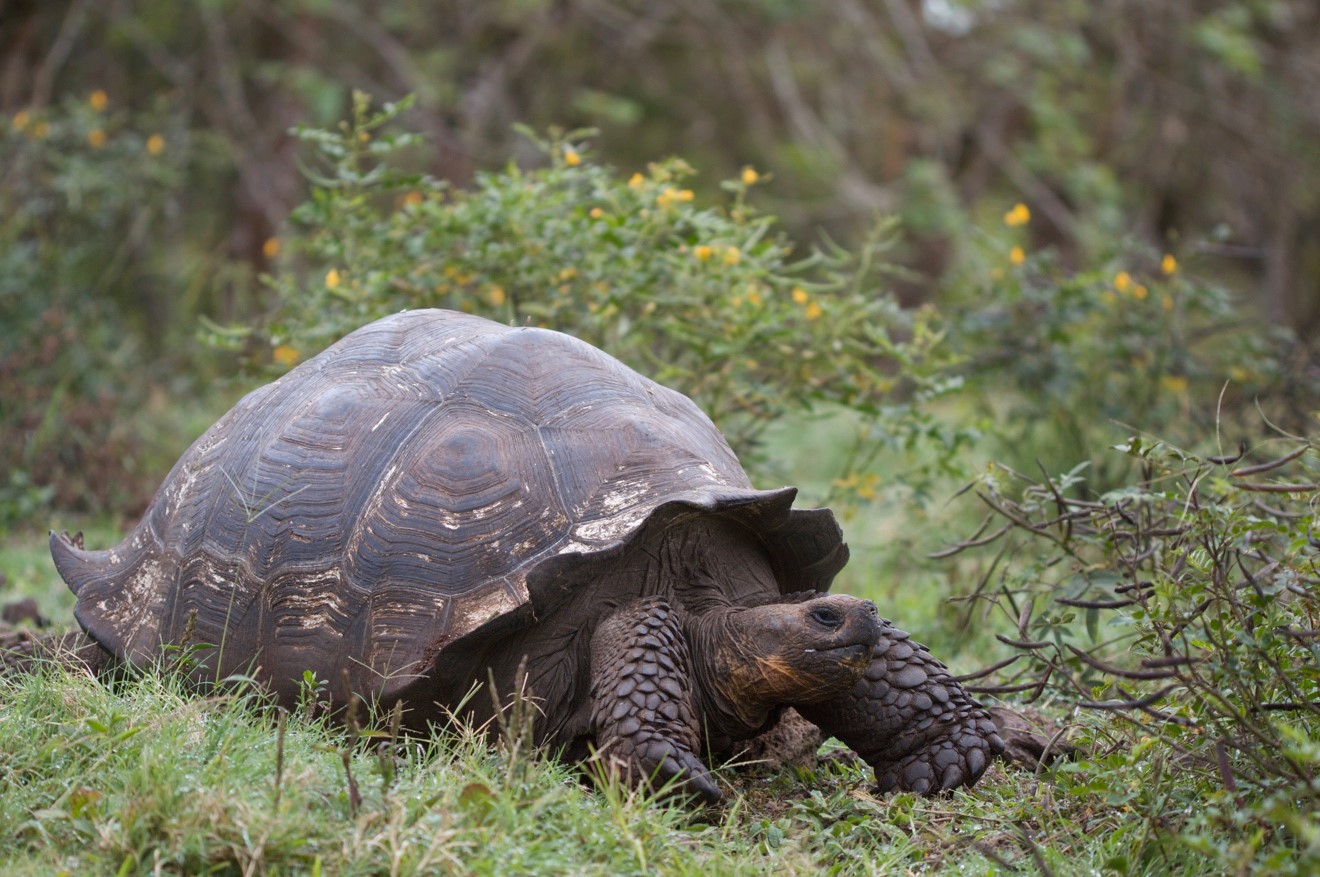
X-factor Lenses
As I said above, an ultra wide angle lens can be great fun in the Galapagos. I often say, the more unique the lens, the more unique the photos, which help differentiate you in a world of growing competition for photography. Another lens that can really send your portfolio to the next level is a macro lens, and I typically recommend a 100mm version. You can’t get too close to wildlife, but with a 100mm, you will likely have the opportunity to fill the frame with the head of an iguana, or lava lizard, at safe distance. However, you can also accomplish this with a decent telephoto lens, so the choice is yours.
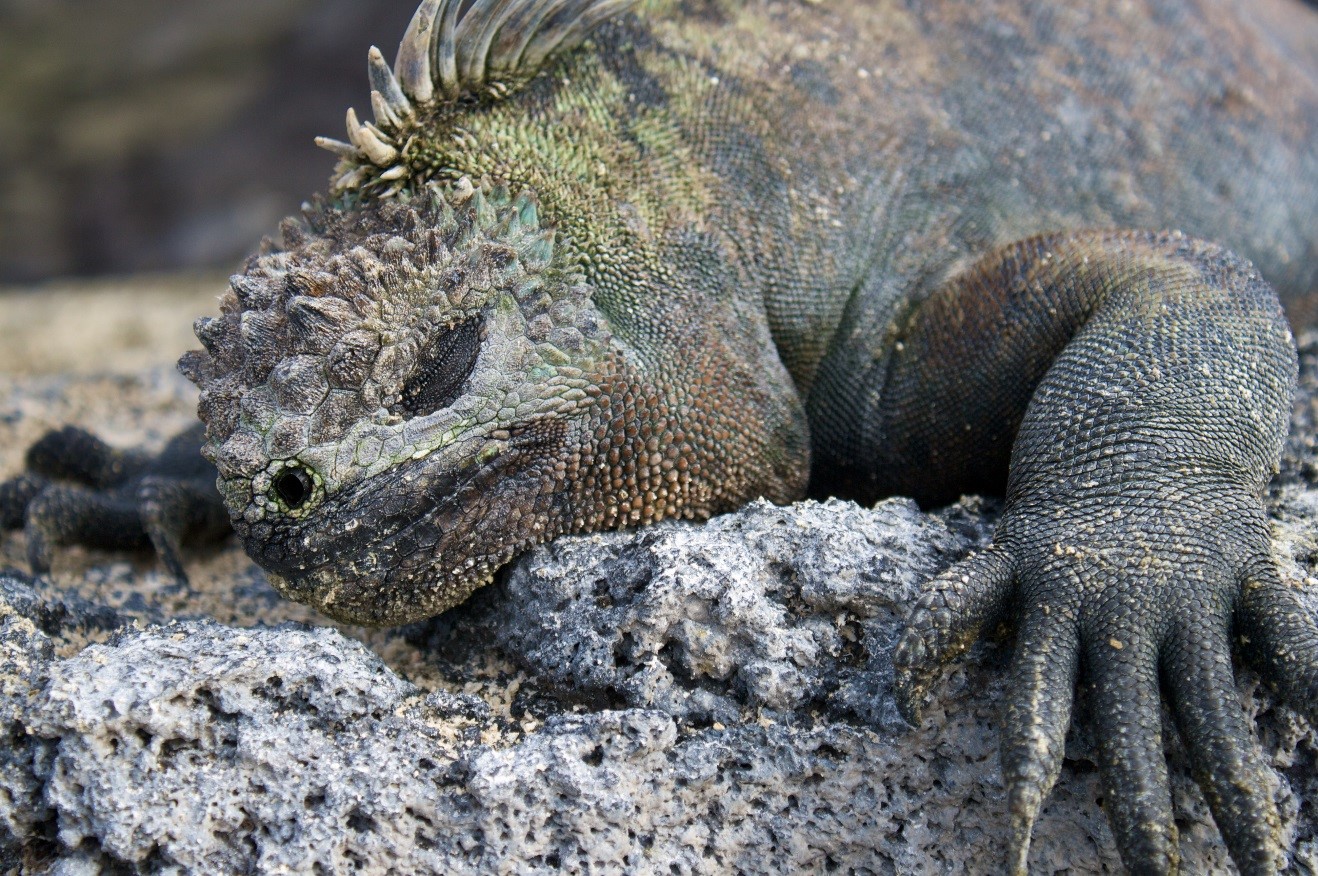
Batteries and Memory Cards
You’ll be in a warm environment, so no risk of battery-zapping cold to get you down. However, you may be surprised how much memory you go through on the trip. Plan on bringing capacity for at least 500 photos a day…and for serious photographers, you could even double or triple that number.
Extra Camera Body
Because most of the wildlife and landscape photo opportunities will be done during walks and hikes, an extra body can be a bit of a drag. However, if you’re used to lugging around a second body and want to have a wide angle on one and a telephoto on the other, you will get more photos…period. However, if you instead opt for bringing lenses with maximum versatility in focal ranges, or a backup point and shoot, this may be easier and lighter than carrying around two complete setups each and every day.
Tripod
Photographers really come in two forms. Those that are adamant about using a tripod in all possible instances, and those that prefer to be hand held whenever possible. I’m personally in the camp of being hand held, as it gives me maximum versatility. And plus, you’ll be photographing in plenty of light throughout, so slow shutter speeds aren’t necessary. Now, there are some folks that have their own ideas of long exposure photography (such as slow-shutter water photography), and for anything long exposure, you must have a tripod. But, I would say that this really isn’t the highlight of Galapagos photography, so instead of bringing a tripod, I’d bring another lens.
Other Accessories
I often get the question about underwater cameras, as so much of the wonders of Galapagos are underwater. Dedicated underwater cameras are usually very pricey and take a lot of practice. Although they no doubt produce the best results, they’re probably not the right solution unless you plan on doing much much more underwater photography in the future. I personally like today’s sports cameras like GoPRo, as they produce excellent results, are easy to use and learn, and are comparatively inexpensive compared to full underwater housing kits for DSLR cameras. Sports cameras also take great videos, which is probably the best way to capture your underwater experience, as still photos tend to have lighting issues and you really need to “motion” in a video to bump up the intrigue of your captures.
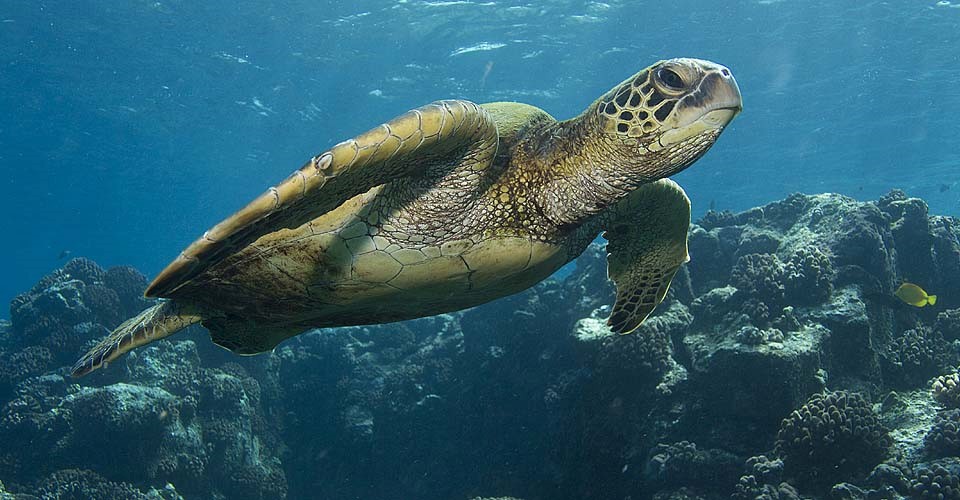
The Galapagos truly is paradise for so many reasons. And for the nature photographer, getting shots of a lifetime requires very little camera gear, which is such a luxury.
If you’ve been to the Galapagos and have additional thoughts or tips, please feel free to share in the comments below!
All the best,
Court
10 Comments

Luke
January 11, 2019 at 7:39 am
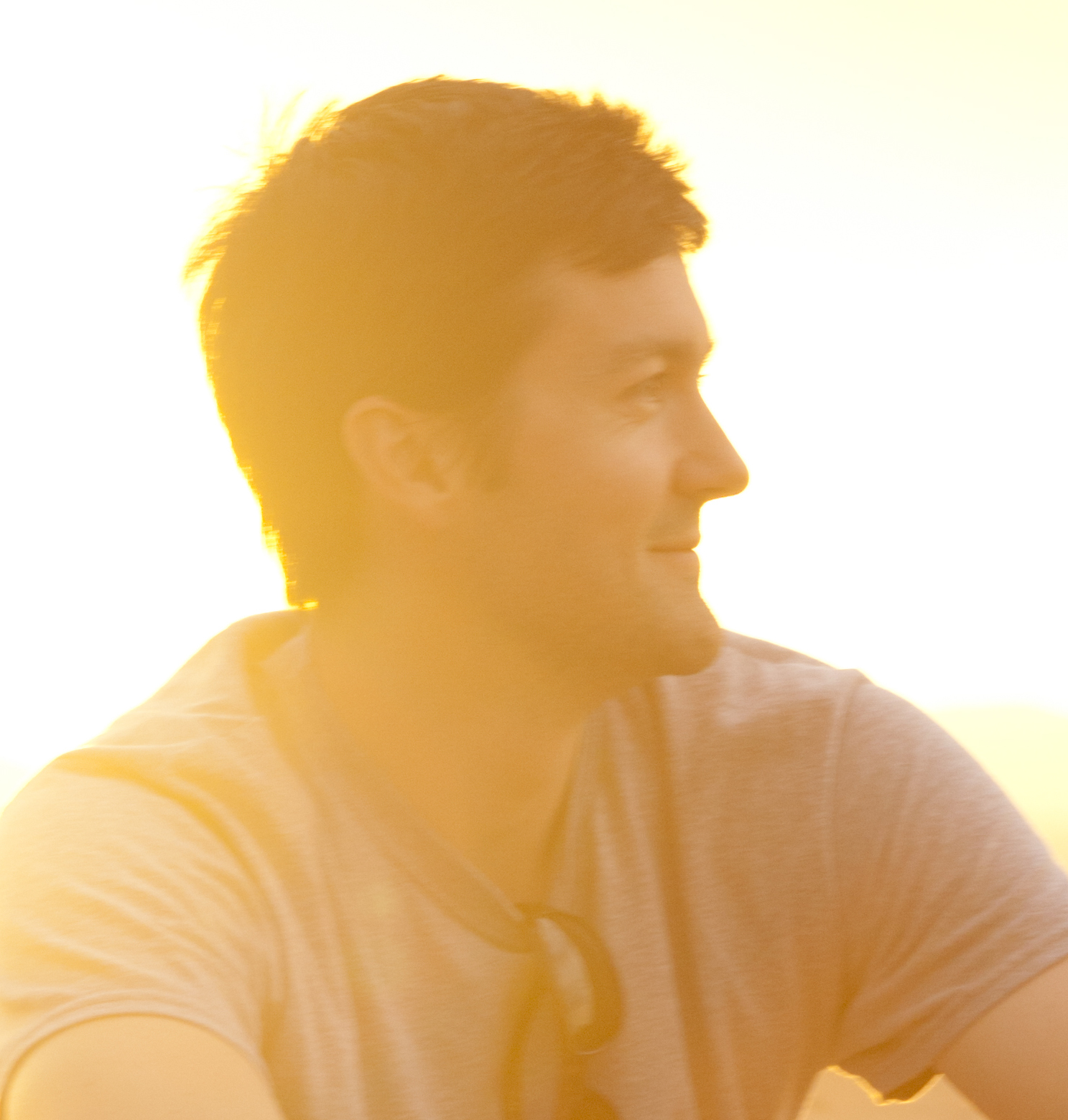
Court Whelan, Ph.D.
February 3, 2019 at 1:44 pm

John Scramling
October 8, 2021 at 2:20 pm

Court Whelan, Ph.D.
October 11, 2021 at 8:54 am

James Hambright
August 11, 2022 at 11:07 am

Court Whelan, Ph.D.
August 16, 2022 at 3:16 pm

KELLY
May 1, 2023 at 11:01 pm

Court Whelan, Ph.D.
May 17, 2023 at 1:14 pm

Kathy Morhous
March 12, 2024 at 12:05 pm

Court Whelan, Ph.D.
March 13, 2024 at 6:33 am
As for Underwater Photography, should i try waterproof housing? I
Hey Luke. Maybe, but you’ll see that oftentimes underwater housings cost as much as the camera itself! And probably about twice that of a convenient little go-pro. Then, if you are to use strobes and lighting, that could be even more money. Frankly, it’s a costly endeavor. However, if you plan on doing lots of underwater photography it could be worth the investment. But if you’re thinking about only once or twice a year, I think I might try a convenience and durable GoPro first, as they really capture the moment nicely at a very affordable price tag (and very easily, too!).
Hello. Thanks for this article. I am headed to the Galapagos in about 7 weeks and so I am in the planning stages. I am undecided about two things and was hoping you can help me. My standard lens that I keep on my camera is a 55-300 mm lens. It does good work. However, I also have a 150-600 mm lens. I used this in South Africa on a trip there and it was awesome. Allowed me many shots that I would never have gotten. From your article, it sounds like that it might a bit of overkill for what is needed there since there is not as much a need for a discreet distance between me and the subject. Do you think my 150-600 mm lens is a bit too much. My second question is that it sounds like a tripod would be a bit much, and I was not really considering it anyway. How about a monopod? Would I get substantial use out of that? Thanks again for the article. John
Hi John, great questions here and I’m excited you’re headed to the Galapagos! To me, I think the 55-300 would be ideal. You would indeed get some use out of the 150-600, but it’s indeed a bit overkill. It may be that you end up bringing both lenses and just keeping one on the boat each day…that way you have it if you want to diversify your photography a bit. I trust you also have some sort of wide angle lens, like an 18-55mm? That will also be a workhorse of a lens, too :). Personally I wouldn’t bring a monopod, as you really have plenty of light. Thus, the monopod or tripod would really just be if you were to shoot a lot of video or if you needed to rest the camera on something when shooting or resting. To me, I think it’s more cumbersome than it’s worth–again, unless you plan on shooting a good bit of high quality video (which is indeed fun in the Galapagos). I hope this helps!
Thanks for the article and information that should be very helpful to anyone – even those who are not able to go to the Galapagos. I would also like to add that another option that I have used – with varying degrees of success (and failure) have been the Tamron 18-400mm. It does have limitations of aperture and sometimes even focus, but it has proven to be a good single lens option with quite a bit of flexibility and allows for more opportunity to get shots without the delays and issues of constantly changing lens. A teleconverter is also available for this lens which provides more reach, but less flexibility of use in lower light situations.
great addition, James. Thank you for sharing!
Thanks for the great information in this article. I am leaving for a 2 week tour which includes Galapagos (Isabela
Island), Ecuador, Amazon, and Andes. We will be going to Tintoreras Islet, Sierra Negra Volcano, Quito, Amazon rainforest, and other cultural sights. I thought we would be going to other of the islands. I have Canon RF 70-200 F2.8 which seems like you highly recommend bringing. I also have the RF 15-35 f2.8, RF 24-105, RF 24-240(optics on this is not as good as 24-105 but still pretty good). If I were to take just 2 lens which would you recommend. Thanks so much for your feedback. If it were a full on photo trip, I would bring more equipment and photo backpack, but since this is a tour I am taking a multipurpose daypack as a walk around.
Hi Kelly, great question and happy to help! I would recommend just the 70-200 and 24-105 if you’re aiming for just two lenses. The 15-35 is really fun, and I’d recommend you at least consider bringing this as a third lens, but it’s indeed third in line in order of importance. But I think you’ll get some really neat photos with it :). I hope you have a sensational adventure!!
I’m heading to the Galapagos in June, a trip I’ve wanted to do for many years. I’m going with a photo group, but I shoot Sony, and most are just not that familiar with this brand and its associated lenses. I’ll bring both my a1 and a9 and a Sony 16-35mm f2.8, and then my confusion begins… I have a Sony 24-70mm f2.8 GMII ( I love this lens), a Tamron 70-180 f2.8, the reasonably new Tamron 50-400mm f4.5-6.3, and a Rokinon 14 F2.8 I’ve already decided to leave my Sony 200-600mm at home as I don’t want to carry it.
The Tamron 70-180 is the same weight as the 50-400 but has f2.8. I’ve considered purchasing a macro lens anyway, so perhaps now is the time. I also considered renting Sony’s new 300mm prime and bringing my 1.4x teleconverter, but another photographer through the MFD would be too long for most shots.
I tried the Sony 100-400mm with a 1.4x and again thought it was too heavy to carry all day and handhold. Any recommendations you have would be greatly appreciated.
hi Kathy!! These are good problems to have, as you have an amazing kit! So to me, that shallow depth of field of the 70-180 is very appealing. In the Galapagos, so, so many shots can be taken with “just” a 70-180. While you can always make use of more telephoto, like the 50-400 or 100-400, it’s for a minority of shots. Or, it’s if you really, really want to fill the frame with a bird’s face. The 24-70 is going to be one of your best friends on the trip, and I believe either the 70-180 or 50-400 will be your other best friend. I think it really just comes down to your own photography style. To me, however, I don’t think the Rokinon is going to be too useful, as Rokinons strike me as more of long exposure lenses (they usually don’t have autofocus). However, you will always be able to grab a few landscape shots that you’ll like with the 14mm. A fun lens, always, but just not a crucial lens in my opinion. The 300 prime would be fun, but I’d just be careful in having too much telephoto with it. In other words, be sure to have the 70-180 in combination, otherwise the 24-70 plus 300 will leave too big of a gap in what I believe to be the prime shooting territory for Galapagos. Hope this helps!